Now as an optometrist, I am not keen on solar eclipses due to the countless cases I hear about people starring at the sun and ending up with visual problems. On August 21st 2017, a total solar eclipse is due to occur across the USA and, providing clear skies, a partial solar eclipse will be seen in the evening hours in parts of the UK. These events are incredibly rare and a solar eclipse is something you may want to witness as this natural phenomenon is one of nature’s finest performances. Day will seemingly become night for a few short minutes; leading to birds roosting and street lighting turning on, before it becomes like day again – it is as if the Earth has forgotten what time it is!
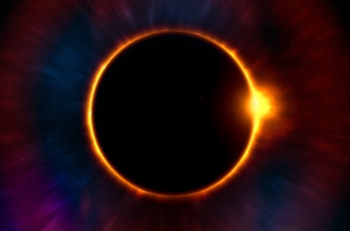
Total Solar Eclipse - how do we see this phenomenal event safely?
Watching an eclipse safely is our main concern, as the sun’s intense light is strong enough to burn the retina and cause permanent sight loss – even during parts of the eclipse. In fact, the only time that the eclipse is safe to observe directly with the naked eye is when the moon TOTALLY eclipses the sun, which only occurs in certain areas and for only a few short minutes. In areas where there is only a partial eclipse (i.e. the moon doesn’t block out the sun entirely) then it is not to safe to look at directly at all.
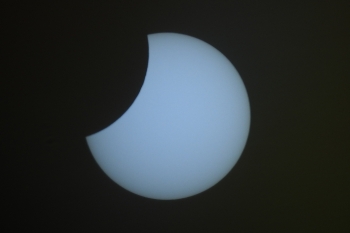
An eclipse as seen through solar viewer glasses
So how can you safely observe the eclipse? The only way to observe it whilst looking towards the sun is by using solar viewing glasses (personal solar viewers), which are made of a material a couple of hundred-thousand times darker than sunglasses. The amount of light that gets through these viewers is minimal, allowing for a clear view of the shape of the sun without the dangerous levels of light and radiation that it gives off. Do not mistake these solar filters with sunglasses – your sunglasses are simply not dark enough to allow direct viewing of the sun. Ignoring this advice can lead to loss of your central vision – which will most likely be permanent.
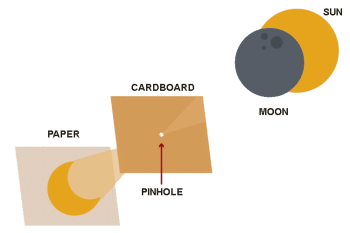
The basics of a pinhole projector
Another way to observe the eclipse is via a pinhole projector – something that you can easily make at home by using a piece of cardboard and a sharp pencil. Push the tip of the sharp pencil through the card and make a small hole towards the centre of the card. Then with your back to the eclipse, hold the card above a light surface (another piece of paper or even the pavement/sidewalk). Your paper should cast a shadow, with the hole in the centre being illuminated. As the moon passes in front of the sun, the moon’s shadow will be copied through this pinhole and you will see it moving across the small light dot projected onto your screen. To make the image larger, hold the piece of card further away from the object you are projecting it on to. This indirect method is the safest way (other than watching it on TV) to observe the eclipse.
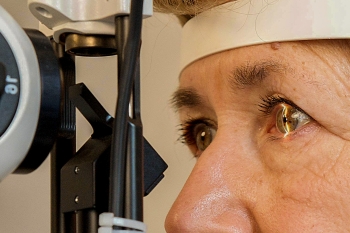
Be sure to visit your optometrist should you develop any visual
problems after viewing the eclipse.
If your eyes do feel uncomfortable or if your vision drops after viewing the eclipse, do not wait around to see if it improves. Make sure you visit your local optometrist for a comprehensive eye examination to rule out solar related damage.
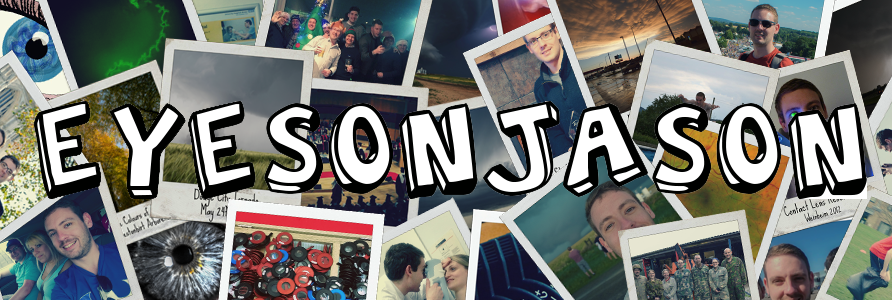
Make A Comment
Comments (0)